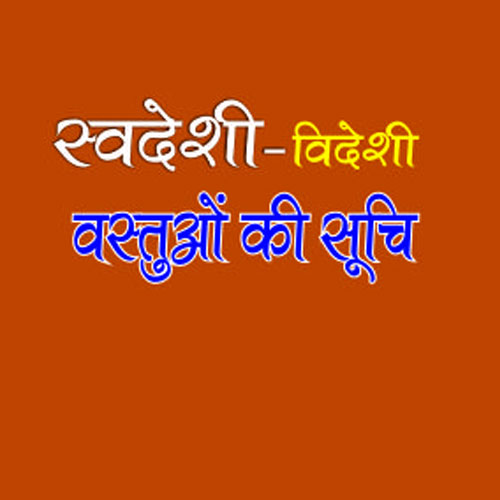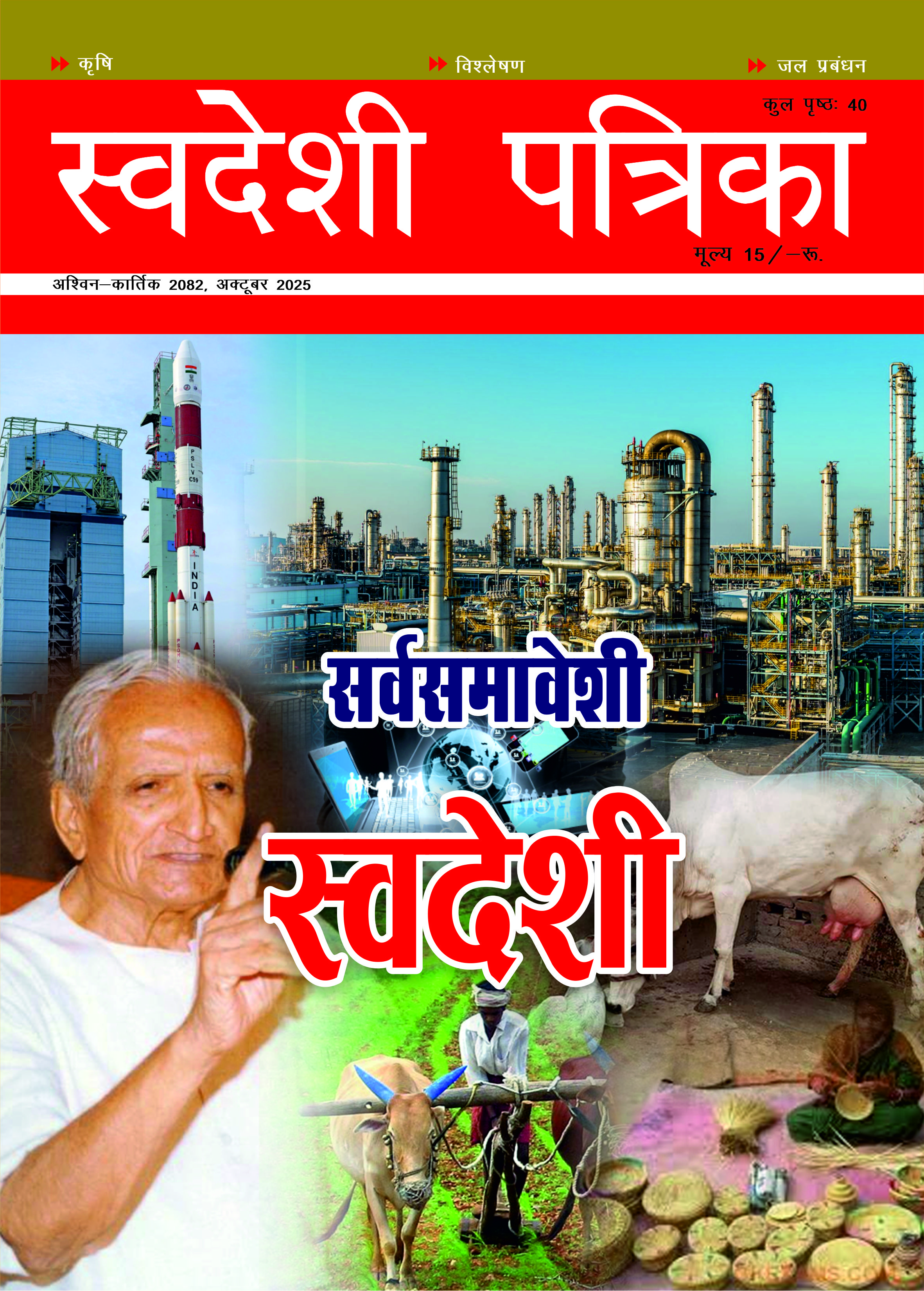
International Media on Operation Sindoor-I
Operation Sindoor stunned the world and it will continue to haunt Pakistan, China and the US for long time to come. — Vinod Johri
After demolishing the Pakistan’s defence infrastructure and its major terrorist launch pads killing more than one hundred of the hard-core terrorists and about fifty army personnel, some buried into debris and not even retrieved, a sizeable international media is trying to salvage the credibility of China whose warfare failed in Pakistan and simultaneously demonising Bharat with several versions of its concoctions. The narratives are flattened on the labyrinth of sound, irrefutable facts and historical background.
The first part of this article mainly delves on the background.
Operation Sindoor stunned the world and it will continue to haunt Pakistan, China and the US for long time to come.
Beneath down, there are conspicuous symptoms of the US sweating, pursuing the mediation between Bharat and Pakistan, though in vain, preceded by the US President Trump’s victorious claims of reproachment between the two countries agreeing on the ceasefire, even before it was flagged by Pak DGMO. Starkly, immediately after the ceasefire, the International Monetary Fund hastened to announce US $ 1.4 billion aid to Pakistan followed by the loan of US $ 40 billion by the World Bank to Pakistan ostensibly for public sector projects and private sector investments. The recent Operation Sindoor is known to harm the nuclear arms storage kept safely underground, though Pakistani and the international media is surreptitiously silent, the US worries emanate from their irretrievability.
The missiles of malicious media campaign against Bharat launched from Pakistan world over, though have been torn down by the seven all party delegations sent by Bharat to thirty-three countries with colossal diplomatic success whereas Pak delegations faced brow-beating in several countries over fastening of terrorism with Pakistan and its false narratives. The government had sent the multi-party delegations to portray a message of national unity in the fight against terrorism, with the likes of Congress MP Shashi Tharoor and AIMIM MP Asaduddin Owaisi joining the ruling alliance members in championing the Indian cause abroad. The delegations apprised the Prime Minister of the overwhelming support extended by these friendly nations for India’s resolute fight against terrorism and our unwavering commitment to global peace
As many as 123 countries supported Bharat on Operation Sindoor followed by massacre of twenty-six Hindu tourists after identifying their religion. In this backdrop, the agitations against illegal Muslims immigrants are being widely staged in several European countries and Japan for crimes perpetrated by these extremists on local populations.
The anti-Bharat international narratives place Pakistan as a victim and Bharat as an aggressor while the truth is just reverse as by virtue of Pahalgam carnage and forty years of terrorism perpetrated on Bharat killing thousands of our innocent citizens, Bharat is a victim and Pakistan is an aggressor.
For better understanding of the subject, we must recall the past, when Bharat was forced for partition by the Britain and dragged to the United Nations over plebiscite, the purpose was to balkanise our country. ‘The history of Kashmir is a sad story’, as one scholar, Vincent H. Smith, wrote, “Few regions in the world can have had worse luck than Kashmir in the matter of government (Danger in Kashmir, Pg.7, Josef Korbel)”.
Intervention of the UN in Kashmir was inherently detrimental and harmful to the Indian interests. Since all the super powers and various other countries under the influence of Britain, the US were favouring Pakistan, the world press was also biased against India. The apparent reason was that they ignored the fundamental unity of India and merely favouring Pakistan on the basis of muslim majority in Kashmir)
Lord Mountbatten’s pressure on Maharaja Hari Singh for accession to India was mischievously conspirational. If the Maharaja assented for admission to Pakistan, the ulterior motive of Mountbatten and Jinnah, would have been achieved. When the Maharaja agreed for accession to Bharat for sending army to Kashmir for protection from Pak army led and admittedly Britain’s Major Brown’s direct involvement in barbaric attacks in the façade of tribesmen, Mountbatten was ready for fastening conditions of plebiscite taking the Kashmir issue to the UNO. Both the options of accession to Pakistan or conditionally agreeing to accession to India with plebiscite, were detrimental to the interest of Kashmir as the British conspiracy to strangulate with division of Jammu and Kashmir through protracted proceedings in UNO, resulted in substantial part handed over to Pakistan on platter.
More disheartening were such opinions as those expressed by the then Deputy Prime Minister Sardar Patel who after the Commission had left the subcontinent, openly criticised the United Nations, declaring that the Kashmir conflict could be solved if India could be released from the embarrassment of the United Nations investigation, adding to his criticism that shocking comment that Security Council had become an insecurity council and a disturber of peace. (The Hindu Madras, January 2, 1952)
Once Bharat’s the then Prime Minister Shri Jawahar Lal Nehru stated during the course of debates in the UN, ‘Pakistan is a mediaeval state with an impossible theocratic concept. It should never have been created, and it would never have happened had the British not stood behind this foolish idea of Jinnah’. (Danger in Kashmir, Pg. 128 – Josef Korbel).
The United States and the United Kingdom had been particularly active in the discussion of this matter of Kashmir dispute, declared Jacob Malik (Representative of USSR) in January 1952, and had stated: ‘the United States and United Kingdom are continuing as before to interfere in the settlement of Kashmir question, putting forward one plan after another. All these plans are failing as they are of annexionist, imperial nature, because they are not based on an effort to achieve real settlement of the Kashmir question. The purpose of these plans is interference by the United States and United Kingdom in internal affairs of Kashmir, the prolongation of the dispute between India and Pakistan on the question of Kashmir and the conversion of Kashmir into a protectorate of the United States and the United Kingdom.
Finally, the purpose of these plans was to secure the introduction of Anglo-American troops into the territory of Kashmir and convert Kashmir into an Anglo-American colony and a military and strategic base. Jacob Malik accused the American and British governments of taking all steps to ensure that no opportunity should be given to the people of Kashmir themselves to decide their future without external pressure and without Anglo-American interference of depriving the people of Kashmir is of the right of self-determination. He branded the United Nation’s representative Dr. Frank Graham, as an agent of Pentagon. Finally, he stated that the solution of the Kashmir problem can be achieved if that status of Kashmir is determined by a constituent assembly the critically elected by the Kashmiri people (S.C.O.R. Seventh Year, 570th meeting, January 17th, 1952, pp. 13-18).
When, the UNO failed in Bharat – Pakistan dispute, the US set up army bases in Pakistan to protect Pakistan against Bharat. For the US and China, Pakistan is their battlefield.
What we discuss on the Indus Water Treaty of 1960 in the present circumstances, was already known to Pakistan way back at the time of partition.
The waters of six rivers, the Indus, Jhelum, Chenab, Ravi, Beas and Sutlej – with their elaborate systems of irrigation canals had been indispensable to the agriculture of the subcontinent. The partition brought the river Bias under the complete control of India. The Ravi and the Sutlej flow through both India and Pakistan, but their headwaters are in India. The Indus begins in Tibet and flows through Kashmir; the Jhelum and Chenab Headwaters are in Kashmir. A land of 35 million acres had been irrigated by 16 canals before the partition. Now the boundary lines cut through both rivers and canals, but their waters would still irrigate 19 million acres of land in Pakistan. The occupation of these rivers and their dams, by Indian Army and the eventual diversion of their water through canals would have mint Pakistan’s quick economic death (Danger in Kashmir, Pg. 137 – Josef Korbel).The problem of the canal waters, which flowed from India and Pakistan and irrigated vast fields in Pakistan, was a nightmare to Karachi Government. It raised vigorous complaints against government of India that it had several times deliberately shut off these waters and exposed the Pakistanis to danger of starvation (Danger in Kashmir, Pg. 163 – Josef Korbel).
In the second part of this article, we will discuss the deeper aspects of Operation Sindoor, which is the biggest ever win of Bharat, not just against Pakistan but the entire narrative of military power and political strength and indomitable will of Bharat has changed globally.


